Red light therapy is helpful for hair growth, and its working principle is mainly based on many aspects. Red light can penetrate the scalp to dilate blood vessels around hair follicles, promote blood circulation, and allow hair follicles to obtain sufficient oxygen and nutrition.
At the same time, it can stimulate the activity of hair follicle stem cells and accelerate the hair growth cycle; regulate hormone levels and reduce the adverse effects of androgens on hair follicles; reduce scalp inflammation and improve the scalp environment. These mechanisms work together to create good conditions for hair growth.

Many clinical studies have also provided strong evidence. For example, after using red light therapy devices for patients with androgenic alopecia, hair density, and hair volume increased significantly; patients with alopecia areata used red light therapy combined with other treatments, the treatment success rate increased, and hair regeneration was faster.
However, it is not effective for all hair loss. Severe hair loss problems often require a combination of drugs, hair transplantation, and other treatments.
What Is Red Light Therapy?
red light therapy devices is a non-invasive treatment technology that uses red light of a specific wavelength to irradiate the skin or tissue. It was originally used to promote plant growth and accelerate wound healing. The principle is that low-energy red light penetrates the epidermis, is absorbed by cell mitochondria and converted into energy, thereby stimulating cell activity. In recent years, red light therapy devices has been widely used in areas such as skin care, pain relief, and hair growth.
Read more:Red light therapy: What is it and how does it work?

Does Red Light Therapy Help Hair Growth?
Scientific studies have shown that red light therapy may indeed have a positive effect on hair growth. Several clinical studies have shown that subjects who were regularly exposed to red light had an increase in hair density and diameter. This therapy is believed to work by improving the microenvironment of hair follicles rather than directly stimulating hormonal changes, so it has a higher safety.
How Red Light Therapy Stimulates Hair Follicles
red light therapy devices promotes hair growth mainly through two mechanisms: one is to increase cellular energy production. After red light is absorbed by mitochondria, it promotes ATP synthesis and provides more energy to hair follicles; the other is to promote angiogenesis and improve blood supply to hair follicles. When hair follicles receive more nutrients and oxygen, the anagen phase may be extended, thereby reducing hair loss and promoting new hair growth.

Comparison of Red Light Therapy with Traditional Hair Loss Treatments
Working principle
-
Red light therapy: irradiate the scalp with red light of a specific wavelength, penetrate the skin tissue, and act on the hair follicles. It can promote the metabolism of hair follicle cells, increase cell activity, improve the blood supply of hair follicles, provide a good nutritional environment for hair growth, and regulate the oil secretion of the scalp, reduce the blockage of hair follicles caused by excessive oil secretion, and thus promote hair growth.
-
Traditional hair loss treatment: Common traditional hair loss treatments include drug treatment (such as minoxidil, finasteride) and hair transplant surgery. Minoxidil promotes hair growth by dilating blood vessels, increasing blood supply to hair follicles, and stimulating the proliferation of hair follicle stem cells; finasteride inhibits the conversion of androgens into dihydrotestosterone in the body, reducing the damage of dihydrotestosterone to hair follicles, thereby achieving the purpose of treating hair loss. Hair transplant surgery is to transplant healthy hair follicles from the back of the head to the hair loss area, so that the hair loss area has healthy hair follicles again, so that new hair can grow.

Treatment effect
-
Red light therapy: For patients with mild and moderate hair loss, red light therapy devices can usually gradually see the effects of thickening hair and improving hair quality after several months of continuous treatment. However, for patients with severe hair loss, the use of red light therapy devices alone may have limited effect.
-
Traditional hair loss therapy: Minoxidil generally needs to be used continuously for 3-6 months to see obvious effects, while finasteride usually needs to be taken for more than 3 months to be effective. Adherence to use for more than one year can achieve better treatment results, but recurrence may occur after stopping the drug. Hair transplant surgery can significantly improve the appearance of hair loss in a short period of time, especially for patients with severe hair loss, but there are certain problems with the survival rate of hair follicles in hair transplant surgery, and the cost is high.
Safety
-
Red light therapy: Relatively safe, with fewer side effects. Possible minor side effects include temporary redness of the scalp and mild itching, which generally gradually ease after the treatment and will not cause serious harm to the body.
-
Traditional hair loss therapy: In terms of drug treatment, minoxidil may cause adverse reactions such as scalp itching, redness, and hirsutism, while finasteride may cause side effects such as loss of libido and erectile dysfunction, but these side effects do not occur in all patients. Hair transplant surgery is an invasive operation with risks such as infection, bleeding, and scarring, but if the operation is standardized, these risks can usually be effectively controlled.

Benefits of Red Light Therapy for Hair Growth
Promote Scalp Blood Circulation
Red light stimulates the release of nitric oxide and dilates capillaries, thereby improving blood circulation in the scalp. A good blood supply brings more nutrients and oxygen to the hair follicles, which is key to healthy hair growth. PRUNGO's red light panel is designed with a specific wavelength to effectively penetrate the scalp tissue and optimize this process.
Read more:Red light panels Vs red light therapy module: What’s the difference?
Reduce the effects of inflammation and dihydrotestosterone (DHT)
Chronic inflammation and DHT are important factors in hair loss. red light therapy machine has anti-inflammatory properties and can reduce the level of pro-inflammatory cytokines. At the same time, although it does not directly affect DHT production, it may enhance the resistance of hair follicles to DHT by improving the health of hair follicles.
Strengthen Hair Follicles and Reduce Hair Loss
By enhancing cell activity and extending the growth phase of hair follicles, red light therapy machine can help stabilize hair follicles and reduce abnormal shedding. Many users report significantly less hair loss and stronger hair after using PRUNGO red light devices for several weeks.

How to Use Red Light Therapy for Hair Growth
Using red light therapy machine to promote hair growth requires persistence and the right approach. It is recommended to use 3-5 times a week for 10-20 minutes each time for at least 4-6 months to see significant results. How to Buy Red Light Therapy?PRUNGO's red light therapy module is ergonomically designed to easily cover the entire scalp area and ensure even irradiation. Keep your hair dry and clean during use, and avoid any hair care products that block the red light penetration.
Potential Side Effects and Risks of Red Light Therapy
Is red light therapy safe for the scalp?
red light therapy machine is considered safe, with few reports of serious side effects. A small number of users may experience temporary dryness or slight redness of the scalp, which usually disappears on their own within a few days. PRUNGO devices have been rigorously tested for safety, and the output power is controlled within the range of effective and safe treatment.
Common misconceptions about red light therapy
Some people mistakenly believe that red light therapy will burn the skin or cause hair loss to increase. In fact, unlike lasers, red light does not generate significant heat and does not cause tissue damage. A small amount of hair loss in the early stage may be the natural process of telogen hair shedding, rather than an exacerbation caused by treatment.

Who Can Benefit from Red Light Therapy?
The efficacy of red light therapy for male and female baldness
People with androgenic alopecia (male and female baldness) may benefit from red light therapy. Although it cannot completely reverse hereditary hair loss, it can slow the progression and improve the quality of existing hair. For women, whose hair loss is often related to hormonal changes and stress, the anti-inflammatory and pro-circulatory effects of red light therapy may be particularly beneficial.
Effects on hair loss and hair thinning
In addition to genetic factors, temporary hair loss caused by factors such as stress, malnutrition, and postpartum are also suitable for red light therapy. PRUNGO user feedback shows that for non-scarring hair loss and overall hair thinning, continued use can see improvements in hair density and elasticity.

Conclusion
Is Red Light Therapy Worth It?Red light therapy provides a safe, non-invasive auxiliary treatment option for those who are troubled by hair loss. Although it cannot replace medical intervention in severe hair loss, as a daily care method, it can effectively improve the scalp environment and promote healthy hair growth. PRUNGO is committed to bringing professional-grade red light panel technology into the home scene, so that more people can easily enjoy the benefits of red light therapy. Remember, hair growth is a slow process, and any treatment requires patience and persistence. If you're looking for a gentle, yet scientific way to care for your hair, red light therapy is worth considering.


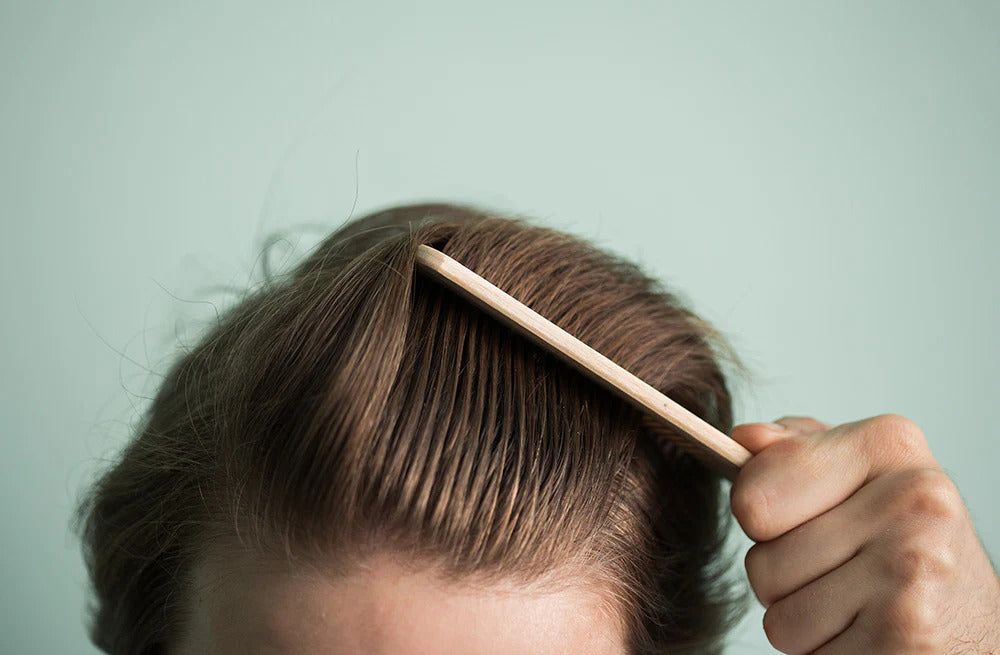
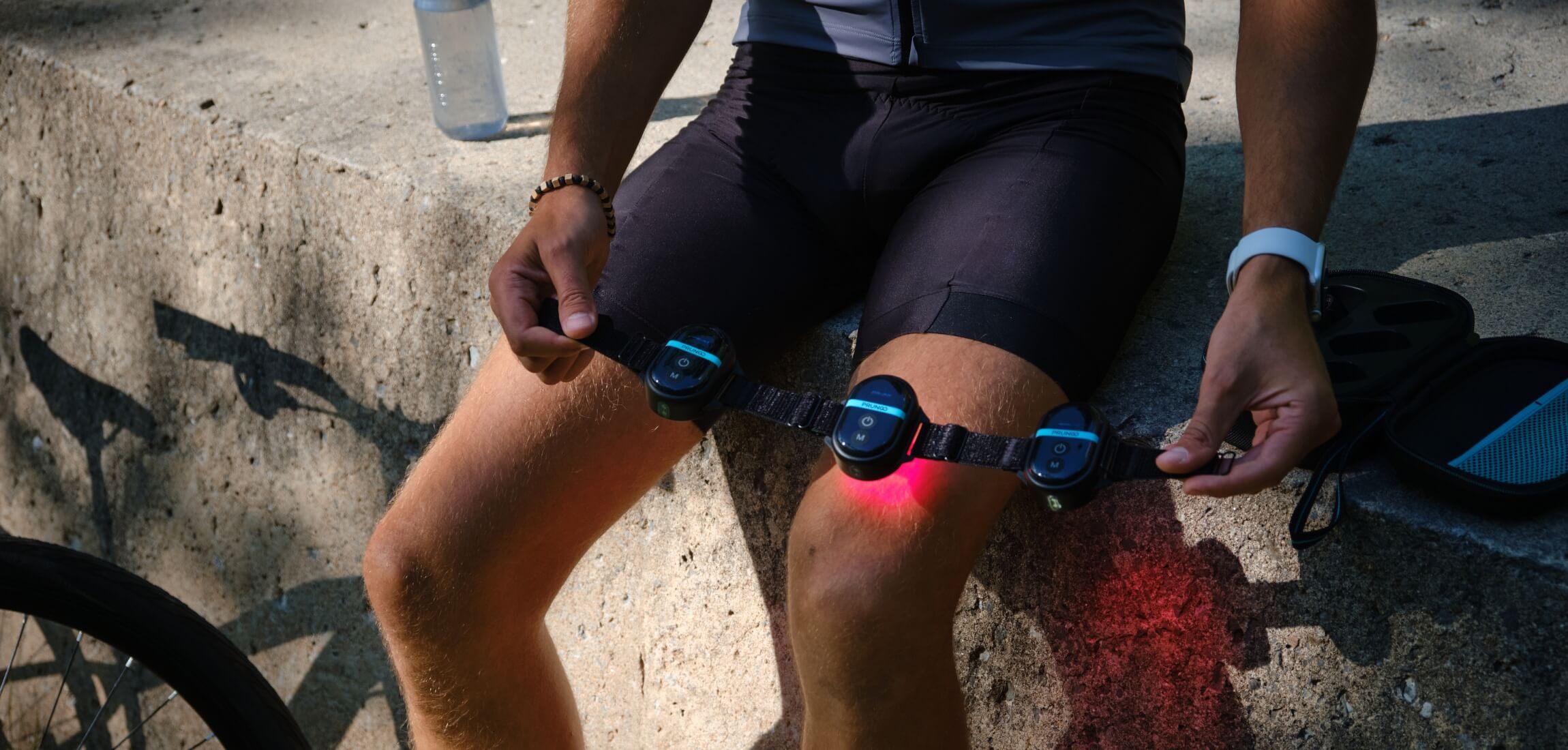
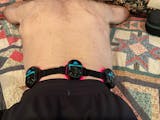
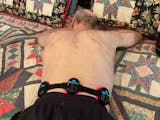









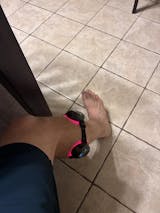
Share:
Does Red Light Therapy Work for Wrinkles
How Long Should You Do Red Light Therapy